5 Easy Steps to Do Ride a Bike
From the outside looking in, cycling looks simple—all you have to do is pedal, right? But it can sometimes come off as intimidating if you're brand new to getting back on the bike for the first time in a few years. You might find yourself thinking, "Wait, I need more gear?" or simply, "Yikes. Spandex."
But once you take that first ride, we're sure you'll be hooked by the sense of freedom, adventure, and joy so commonly felt on the bike. Getting started is easier than it seems, and we'll let you in on a little secret: You don't even have to wear tight fitting clothes if you don't want to. To help, we've gathered up six need-to-know tips on how to ride a bike for beginners so you can hit the open road with confidence.
1. Choose the Right Bike
Of course, you can't get started without a great set of wheels. While we're big fans of all types of bikes, we're specifically talking about bikes suitable for the road here. This is the most common and accessible form of cycling for beginners, and the lightweight bikes—with skinny tires and efficient riding geometry—are designed to help you navigate paved bike paths and city streets.
Just like picking the perfect pair of running shoes, you first need to size your bike. Stand over the top tube and shoot for about an inch of clearance between your body and the frame. If this sounds foreign to you, your local bike shop can help with this. Get more details on how to find the right bike size here. Need a little boost when getting around? You might want to check out the latest fleet of e-bikes.
Next you need to pick a bike that fits your budget and riding style. Are you going to log casual miles on the weekends? Do you want to use your bike for exercise? Are you planning on eventually doing long-distance rides like centuries or racing? Road bike frames have specific geometries and components, tailored for each of these goals at every price point.
Think about how you intend to use the bike, and how you might want to grow with the bike. (For example: Maybe you can only ride 20 miles now, but you have a 75-mile charity ride in your sights). Then work with your local bike shop to find the right pick.
2. Get Geared Up
Finding the perfect bike is only half of the equation. There's also some essential gear you'll need. A new helmet is the most important and should be worn at all times while riding. Helmets have a shelf life, so it's better to be safe than sorry and buy a new one instead of reaching for that old one hanging in the garage. New helmets meet the U.S. safety standards, so try them all on and choose one that best fits your head, your style, and your budget best. The more you love it, the more you'll want to wear it.
Not quite ready to look like a Tour de France rider yet? No problem. There are plenty of brands that make cool cycling apparel for recreational riders, like the Bike Style collection from Pearl Izumi. If you do aspire to look like a pro, we've got you covered there, too. A cycling kit (a jersey, matching padded bib shorts or bike shorts, and socks) is more aerodynamic and comfortable on the bike than other athletic clothes. The material wicks away sweat and helps regulate body temperature; the form-fitting cut reduces chafing; and the padded seat (chamois) protects sensitive areas from road vibration. Jerseys are available in race or relaxed fit and endless colors and patterns.
While we suggest starting your cycling journey with standard flat pedals and athletic shoes, eventually you may want to transition to road bike shoes and clipless pedals. This shoe-pedal combination secures your feet in place to improve pedaling efficiency and bike handling. Unclipping can sometimes be tricky, so be sure to practice in a field until you get the hang of it.
Other important items include some tools (tire levers, a mini pump, spare tubes, and a multi-tool) and a water bottle or two. You can also opt for a cycling computer, which comes in handy for tracking mileage and navigating routes.
3. Create a Habit
Your first few rides might be tough—your body is adjusting to the stress of a totally new activity. But like all things in life, real progress is made when you stick with it for the long run. The first step to make riding a habit is to be realistic. Don't expect to magically become a morning person just because you have a new bike, or plan to ride 100 miles too soon. Start small and grow from there.
No matter when you choose to ride, lay out your kit, fill your bottles, and pump up your tires ahead of time. Prepping and deciding to get on the bike is sometimes the hardest part—doing a little preride preparation will prevent excuses from getting in the way.
Setting a long-term goal is a great way to stay engaged and track progress. You can aim to ride a certain number of days a week or look for a local charity ride, gran fondo, or create your own long-term mileage goal.
This content is imported from {embed-name}. You may be able to find the same content in another format, or you may be able to find more information, at their web site.
4. Stay Safe
We've already mentioned how important wearing your helmet is while riding, but there's more to staying safe on your bike than just protecting your noggin—especially during a global pandemic. While the CDC mask guidelines state that you generally don't need to mask up outside, it's still recommended in areas with high numbers of COVID-19 cases and/or if you'll be in close contact with others who are not fully vaccinated.
When riding alone, always carry a basic multi-tool, a form of identification, cash (dollar bills can also be used as a tire boot), and your phone in case of an emergency. As much as we hate to admit it, sometimes not all rides go as planned—don't find yourself stranded on the side of the road after a crash or with an unfixable mechanical with no help.
Always follow local traffic laws while riding—this includes coming to a complete stop at all stop signs and red lights (even on group rides), and using appropriate hand signals when making a lane change or turn. Also, don't assume the car coming up behind you knows you're there just because you're in their lane. The more aware you are of your surroundings, the more you can anticipate any drivers not paying attention or hazards out on the road.
Headphones or earbuds should never be worn while riding outdoors, either. If you need tunes for motivation during a ride, opt instead for a small Bluetooth speaker and store it in your pocket or water bottle cage.
5. Find Your Ride Style
As you spend more and more time in the saddle, you'll learn more about your personal riding style and preferences. Maybe you love riding non-competitively with a group, or you prefer heading out on solo adventures. Maybe you find yourself yearning to race, or simply using your bike to commute to work every day. There are endless ways to ride and enjoy riding—it just takes a little trial and error to find yours.
Eventually, you may also find that your body type and talents will naturally lend itself to a specific type of riding. If you find yourself breezing uphill faster than your friends, climbing may be your cup of tea. If you can pull away on a "race" to the town line during the Thursday night group ride, sprinting is likely your forte. Being a well-rounded cyclist is always the goal, but fostering your strengths (or what you enjoy most) is a surefire way to keep cycling fun. Plus, it's part of the sport—professional cyclists generally specialize in one style, whether it's sprinting, climbing, or time trialing.
6. (Eventually) Find a Group
There's something to be said about finding the internal motivation to ride regularly, but sometimes a little positive peer pressure goes a long way. Cycling is uniquely both an individual and group sport. You can certainly ride and accomplish goals solo, but once social-distancing is lifted, riding with a group can make it physically easier (you can draft off each other for less wind resistance) and more motivating.
Many cities have cycling groups who host no-drop group rides, designed to teach beginner cyclists group etiquette and showcase local routes. These groups are usually associated with bike shops, so ask the staff for a ride calendar or resources to learn more.
You'll quickly find that cycling is a surprisingly social and supportive sport. Weekly group rides can hold you accountable and give you the extra push you need to throw your leg over the saddle when motivation is lacking. Many people in these organized rides have advice from years of experience that they're more than willing to share—watch, learn and ask questions.
Source: https://www.bicycling.com/training/a20027599/how-to-start-cycling/
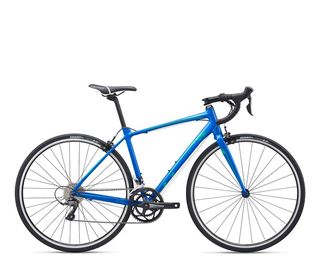
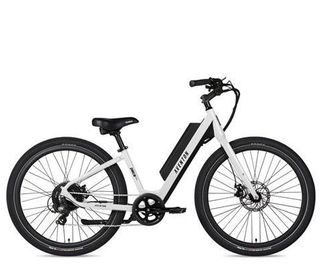
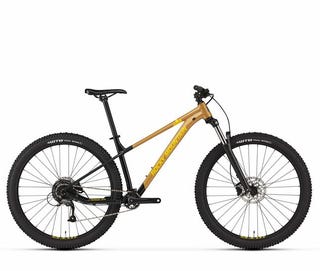
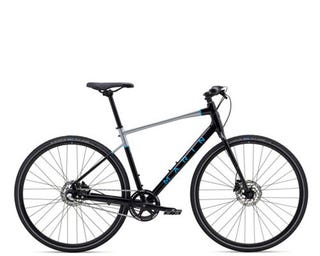
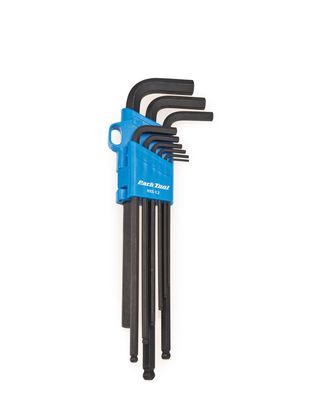

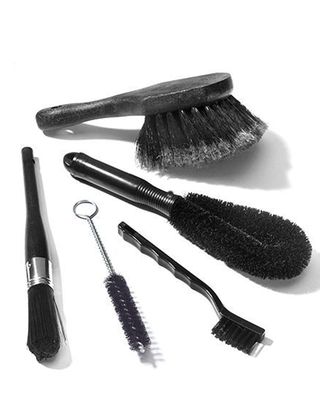
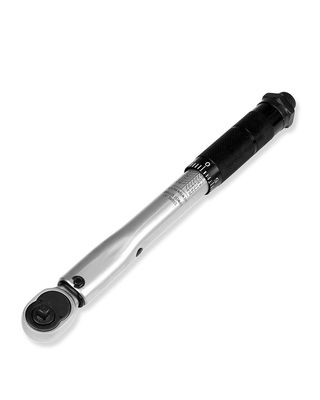
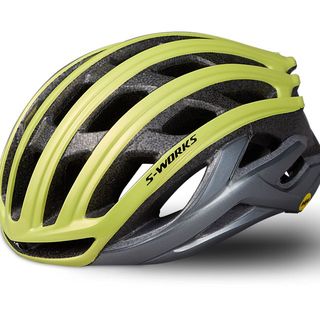
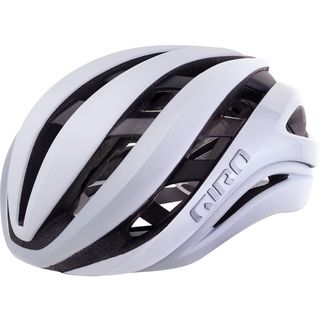
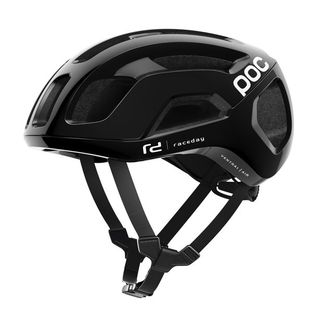

0 Response to "5 Easy Steps to Do Ride a Bike"
Post a Comment